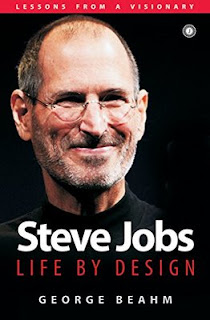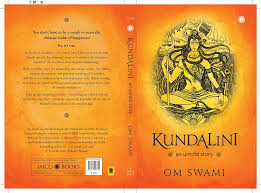Ranga
half-pants is an endearing novel by Suman Kumar. It is the story of a
boy studying in ninth standard. He is the only boy in his class who
wears half-pants. All other boys have shifted to full pants. Ranga is
bullied for being the only one in half-pants. He lacks the courage
and strength to fight it out with the bully Joel, who leaves no
opportunity of beating him verbally as well as physically. Ranga has
a love interest too. She is studying in his class. But the bully Joel
is getting closer to her. Ranga pesters his parents to buy him full
pants. But they have their own financial constraints. His father
hasn’t received his salary for more than three months. His mother’s
mangalsutra is pawned. Redeeming it gets priority over Ranga’s
half-pants. Plus there is a parallel track of Prasad who is a rowdy.
He wants to come clean for the purpose of his love Tabasssum. Ranga
gains both full pants and courage to fight with the nasty bully. But
how? For this you will have to read the brilliant novel Ranga
half-pants.
The
Indian literary scene is full of mushy romances set in college
campuses, where the characters hang out in polished malls and eat at
multinational food outlets. Amidst this Ranga Half-pants comes across
as a fresh breeze. It is a story set in a small town in Andhra
pradesh. It carries the smell of the earth from the eighties. How
significant are full pants for a boy, only the boy who has been
through all the comments with regard to his wearing half-pants knows.
Had it been like today where all young and old, men and women roam in
half-pants, even when they are visiting the temples, things would
have been easier for Ranga and boys like him.
The
author creates a unique mix of characters. He recreates the
atmosphere in a Brahmin family to the hilt. His father saying
education is the only asset which Brahmins have. He linking things
that Ranga wants to his performance in exams. The author gets it all
correct. He articulates Ranga’s pain, anger and despair
brilliantly. Ranga an adolescent boy shaving his face and limbs is
relatable too. Many of us have done that when we were adolescents
eager to step into manhood. The novel has many such nostalgic moments.
Then
come the stereotyped characters like Prasad, Gaja and even Ranga’s
love Kaivalya. But the author blends the real and not so real
characters very adroitly. The result is a poignant tale of an
underdog. The writing is simple, crisp and riveting. Almost every
character apart from Ranga’s parents and Kaivalya hurls abuses. But
I am no Pahlaj Nihalani or Censor Board to ask for cuts. Come on
they are characters and they speak their own language.
This
coming of age novel entertains you and at places even makes your eyes
moist. You feel for Ranga and you enjoy his journey. The novel is
flawless. It is very well written. Ranga half-pants gets full marks
from me.












